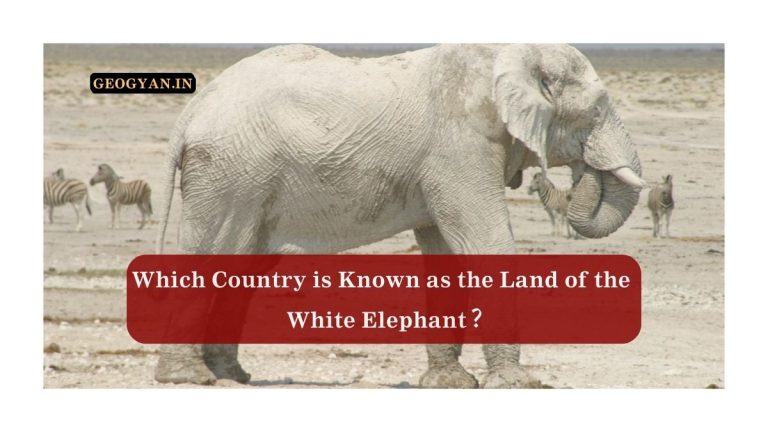Did you know? Lake Victoria is the largest tropical lake in the world and the second-largest freshwater lake by surface area, covering an astonishing 68,800 square kilometers – that’s larger than entire countries like Ireland or Sri Lanka! But alarmingly, NASA satellite data shows it is disappearing faster than scientists predicted, losing about 1 meter in depth per year due to climate change and human activities.
This is not just a body of water – it is a lifeline for 40 million people, a biodiversity hotspot with 500+ unique fish species, and a place of natural beauty that inspired explorers for centuries.

Exact Location and Geographic Features of Lake Victoria
Lake Victoria sits at the heart of East Africa, straddling the equator (0.75° S, 33.14° E) and bordered by three nations:
| Country | Shoreline Length | Major Cities | Key Features |
| Uganda | 45% (1,750 km) | Kampala, Entebbe, Jinja | Source of White Nile, Ssese Islands |
| Tanzania | 49% (1,900 km) | Mwanza, Bukoba, Musoma | Rubondo Island, Serengeti nearby |
| Kenya | 6% (550 km) | Kisumu, Homa Bay | Ruma National Park, Winam Gulf |
Why This Location Matters Geographically
• Primary source of the White Nile: The lake’s northern shore at Jinja, Uganda gives birth to the Nile River, which flows north through Sudan and Egypt to the Mediterranean
• Strategic transport hub: For centuries, the lake connected inland Africa to Indian Ocean trade routes
• Climate regulator: The massive water body influences regional weather patterns, creating microclimates around its shores
Detailed Geographic Features:
- Surface area: 68,800 km² (shrinking due to evaporation)
- Average depth: 40 meters (unusually shallow for its size)
- Maximum depth: 84 meters (near Uganda’s Buvuma Islands)
- Water volume: Approximately 2,750 cubic kilometers
What Makes Lake Victoria Truly Unique?
A. Evolutionary Wonder: Africa’s Youngest Great Lake
Unlike other African Great Lakes formed millions of years ago, Lake Victoria is geologically young:
- Formed just 400,000 years ago when westward-flowing rivers were dammed by tectonic activity
- Completely dried up during ice ages (most recently 17,300 years ago)
- Rapid speciation: When refilled, cichlid fish evolved into 500+ species in just 15,000 years – Darwinian evolution in fast-forward!
B. Ecological Treasure Facing Crisis
Marine Life Highlights:
- Endemic cichlids: Brightly colored fish found nowhere else (300+ species now endangered)
- Nile perch: Introduced in 1950s, caused mass extinctions but created fishing industry
- Aquatic mammals: Hippos, spotted-necked otters, and sitatunga antelopes
Environmental Threats:
| Threat | Causes | Impact | Solutions Attempted |
| Water Hyacinth | Nutrient runoff → algal blooms | Blocks sunlight & oxygen | Mechanical removal, weevils |
| Overfishing | Population growth → 200,000+ fishermen | Juvenile fish caught | Mesh size regulations |
| Pollution | Kampala dumps 60% untreated sewage | Dead zones forming | New treatment plants |
| Climate Change | Reduced rainfall + evaporation | Lake level dropped 1.5m since 1990s | Regional water agreements |
Did You Know? The lake’s oxygen levels have dropped 30% since 1960 due to pollution, forcing fish to evolve smaller gills!
7 Mind-Blowing Facts You Never Knew
- The Vanishing Lake – Satellite data shows the lake has lost over 50 cubic kilometers of water since 1993 – enough to fill 20 million Olympic pools!
- Darwin’s Real-Time Experiment – The mass extinction of cichlids from Nile perch introduction is one of biology’s best-studied ecological disasters.
- Ancient Mariners – 12th-century Arab trader Al-Idrisi described the lake as “a sea of black water” in his medieval maps.
- Killer Storms – The lake’s shallow depth creates sudden, violent squalls that have sunk ferries like the 1996 MV Bukoba disaster (800+ deaths).
- Floating Nations – Water hyacinth mats grow so thick that people build temporary homes on them!
- Medical Miracles – Lake Victoria tilapia produce a unique antimicrobial peptide being studied for new antibiotics.
- Space View – Astronauts say the lake’s shape resembles a “giant squid” from orbit due to its irregular shoreline.
The Lake’s Future: Conservation Efforts
Current Challenges:
- Kenya plans to extract lake water for Nairobi pipeline
- Uganda’s oil discoveries may increase pollution risk
- Tanzania’s growing cities overwhelm sewage systems
Hopeful Developments:
- LVEMP II (World Bank-funded $150M cleanup)
- Eco-tourism initiatives training fishermen as guides
- Solar-powered water pumps reducing deforestation
A Lake Worth Saving
Lake Victoria represents both the beauty and fragility of our planet’s freshwater systems. As environmentalist Wangari Maathai warned: “When we destroy Lake Victoria, we cut the artery of East Africa.”*
Have you visited any part of Lake Victoria? What conservation ideas do you think would work best? Share your thoughts below!




























